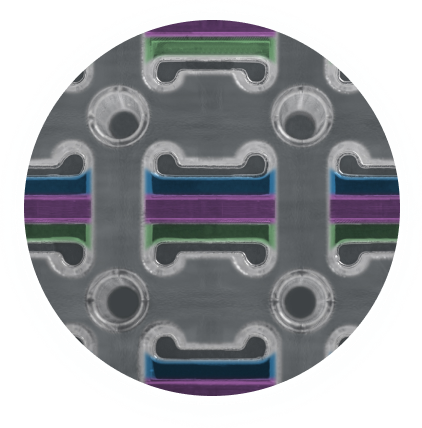Ventriculoatrial (VA) shunts are a critical alternative for cerebrospinal fluid (CSF) diversion in patients with hydrocephalus when the peritoneal cavity is not a viable drainage site. In a VA shunt system, excess CSF is diverted from the brain ventricles into the right atrium of the heart via the internal jugular vein, where it is absorbed into the systemic circulation. While effective, VA shunts pose a unique challenge due to their direct contact with the bloodstream, which increases the risk of thrombosis and shunt failure.
Thrombosis Risks in VA Shunts
The placement of a catheter in the venous system exposes the device to circulating blood, introducing a surface where platelet adhesion and fibrin deposition can occur. This can lead to thrombus formation, potentially causing partial or complete occlusion of the shunt. Such complications can result in increased intracranial pressure, necessitating frequent revisions or alternative treatment strategies. Promoting endothelialization—where endothelial cells form a non-thrombogenic lining on the catheter surface—offers a promising approach to improving VA shunt longevity and performance.

Camouflage™ Coating for VA Shunts
Camouflage™ coating technology presents an innovative solution to VA shunts. This coating can be applied to the blood-contacting components of the VA shunt (distal catheter residing in the venous system) to achieve two critical objectives:
- Prevention of Thrombosis: in Camouflage™ reduces platelet adhesion and fibrin deposition. By maintaining a surface that resists thrombus formation, this coating significantly lowers the risk of catheter-related occlusions.
- Promotion of Endothelialization: A key advantage of the Camouflage™ coating is its ability to encourage endothelial cell attachment and proliferation along the catheter surface. By fostering endothelialization, the coating facilitates the formation of a biologically compatible interface between the VA shunt and the bloodstream, reducing inflammatory responses and enhancing long-term function.
Clinical Implications and Future Directions
The application of Camouflage™ coating to VA shunts represents a major advancement in hydrocephalus management, particularly for patients requiring long-term CSF diversion through the venous system. By mitigating thrombosis risks and promoting a functional endothelial layer, this technology has the potential to extend shunt lifespan and reduce the frequency of surgical revisions. Future clinical studies will be essential to optimize coating formulations and evaluate their efficacy in large patient cohorts, paving the way for improved VA shunt performance and patient outcomes.
As VA shunts continue to be an essential option for hydrocephalus treatment, integrating Camouflage™ coating into their design offers a transformative approach to enhancing their safety and durability in blood-contacting applications.
Call to Action:
Contact Smart Reactors today to explore advanced coating solutions for next-generation ventricular shunts and other neurosurgical devices.
Share this post: on LinkedIn

